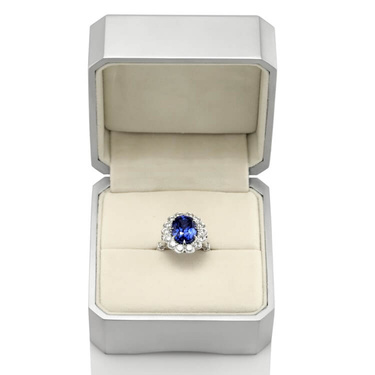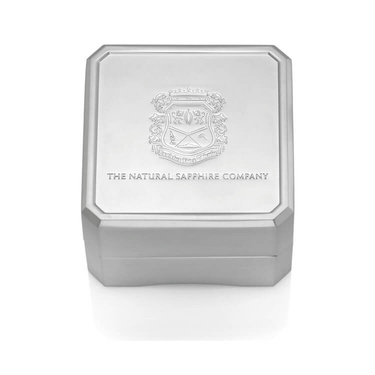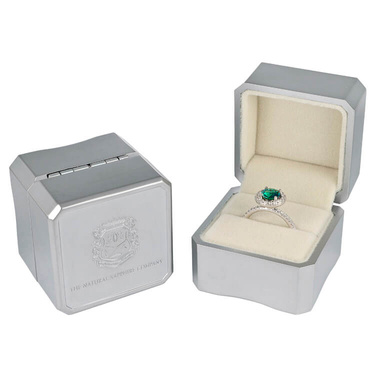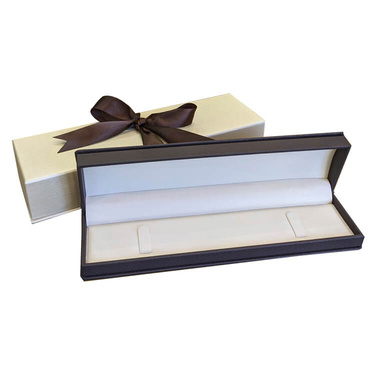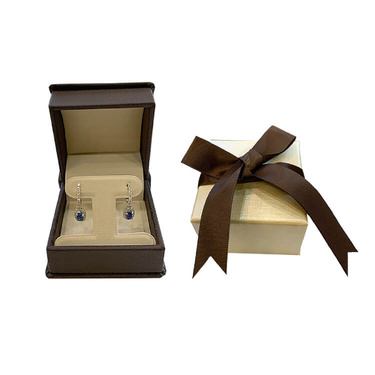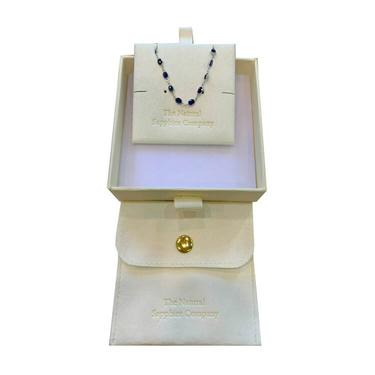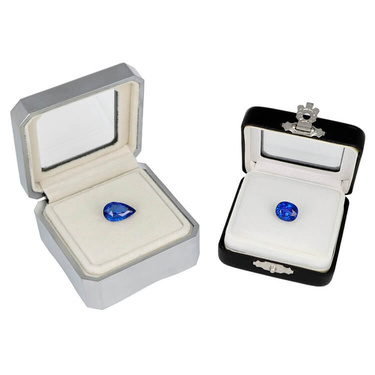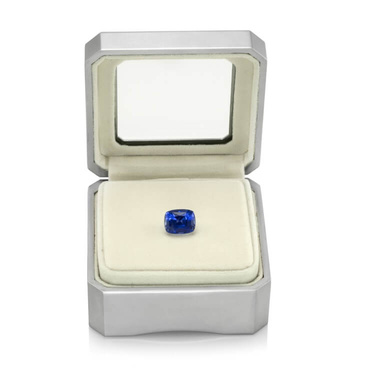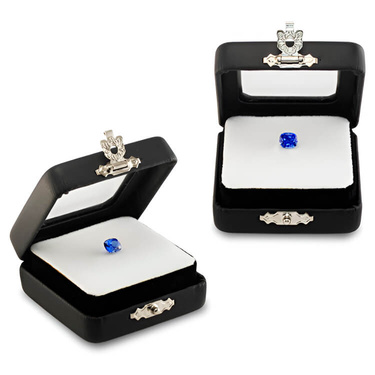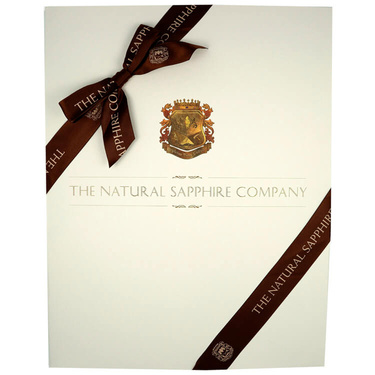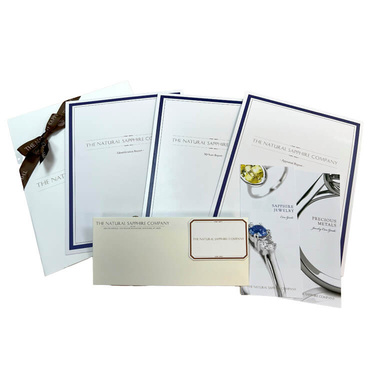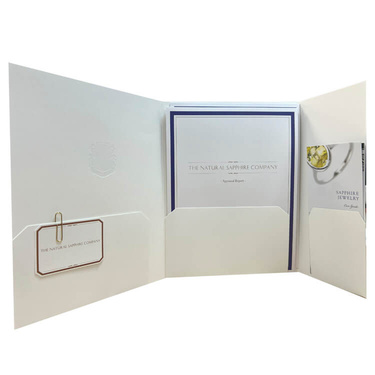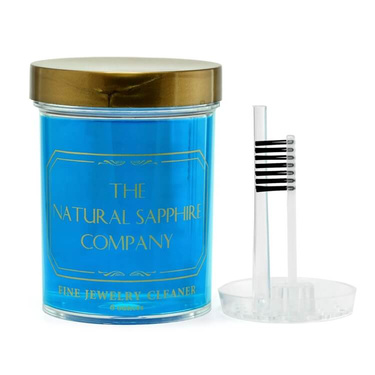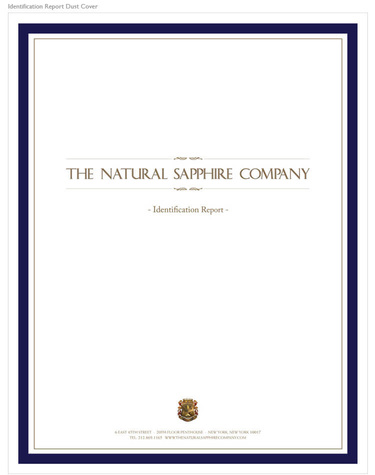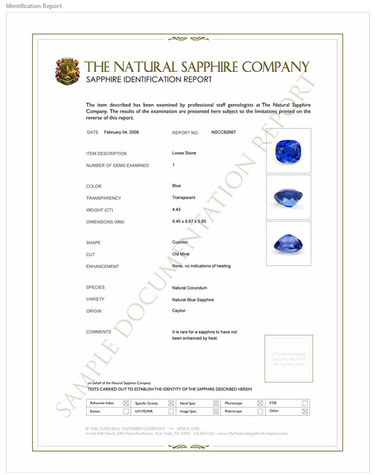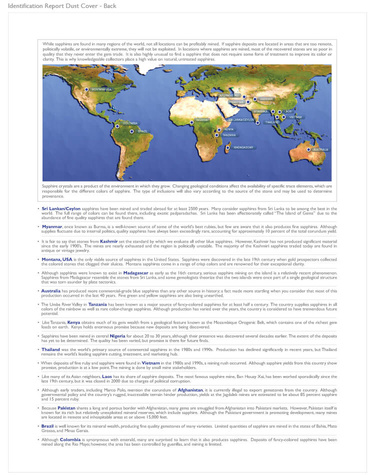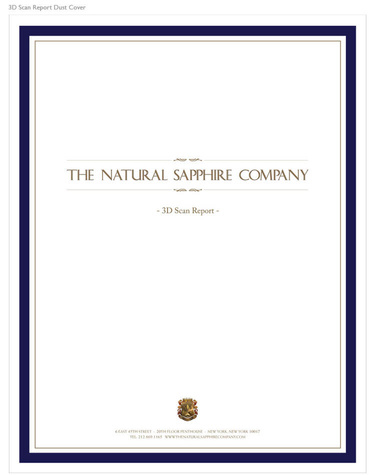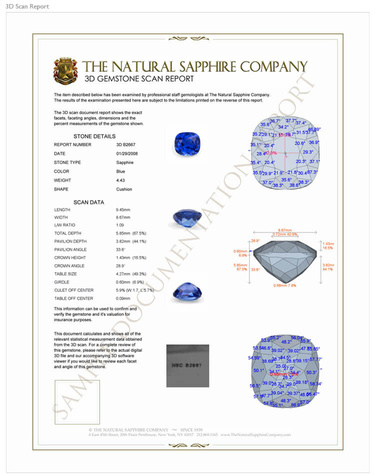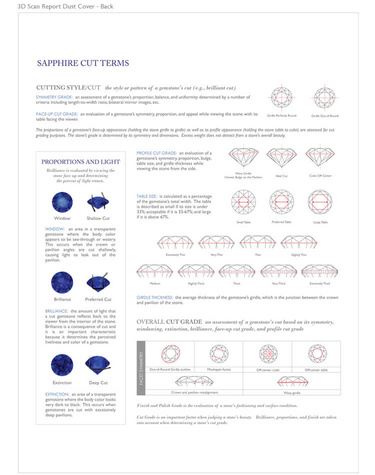- Stone14
- Reports3
-round-blue-sapphire-1.2100-cts-s28926-1.jpg?d=200x200&v=20250825003658)
-round-blue-sapphire-1.2100-cts-s28926-1.jpg?d=200x200&v=20250825003658)
-round-blue-sapphire-1.2100-cts-s28926-lifestyleimage-1.jpg?d=200x200&v=20250901025452)
-round-blue-sapphire-1.2100-cts-s28926-lifestyleimage-2.jpg?d=200x200&v=20250901025452)
-round-blue-sapphire-1.2100-cts-s28926-lifestyleimage-3.jpg?d=200x200&v=20250901025843)
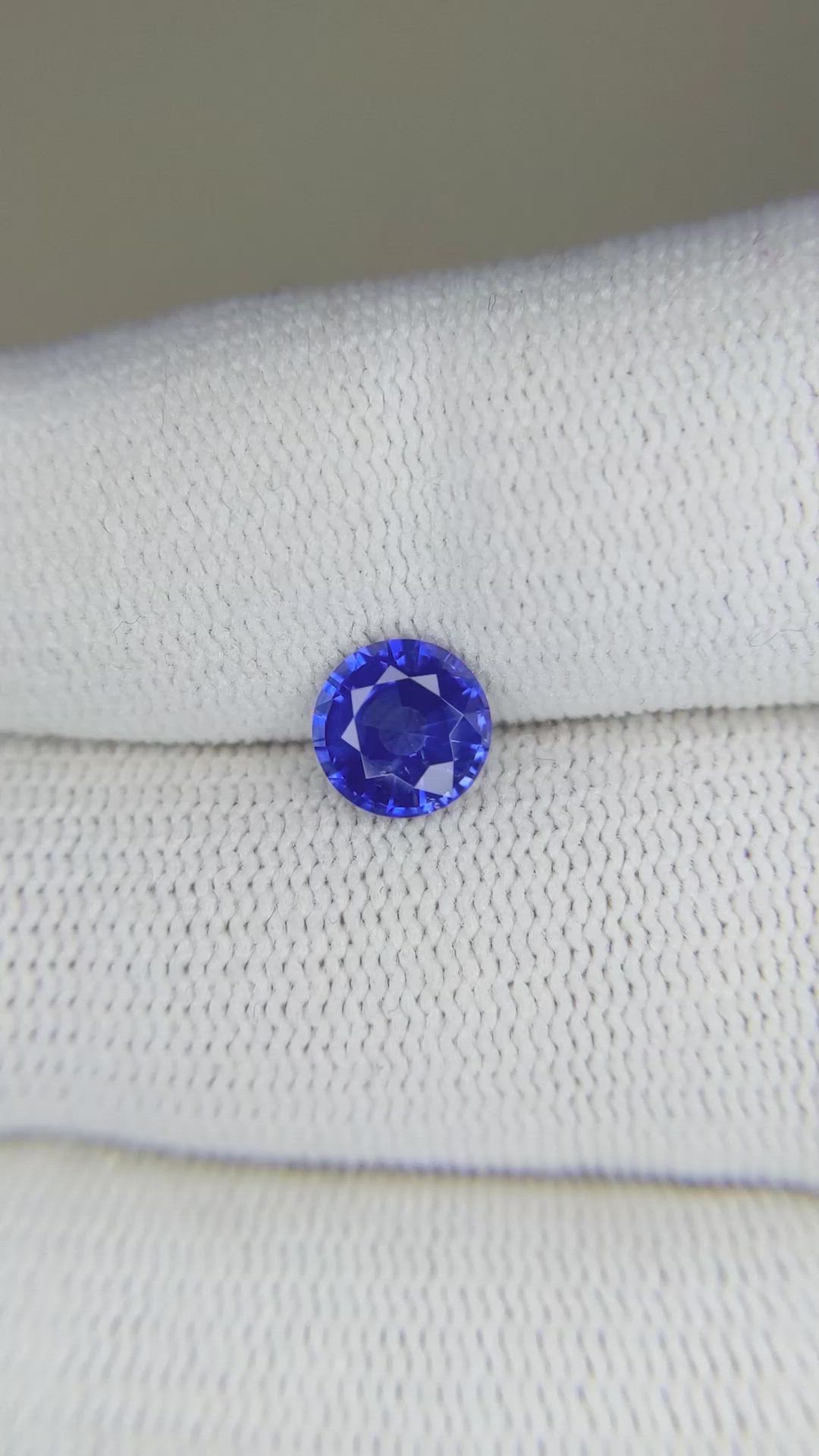
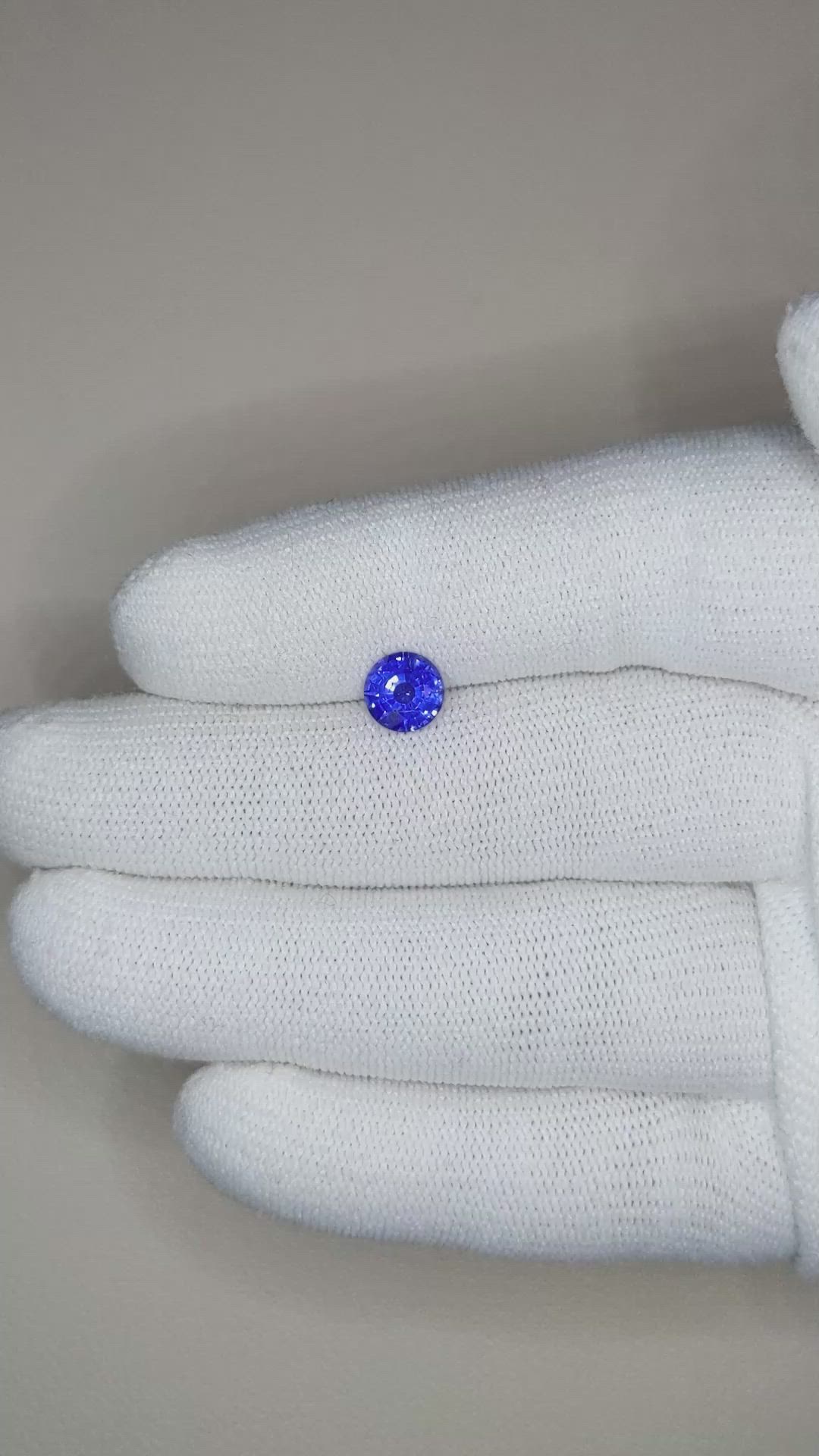
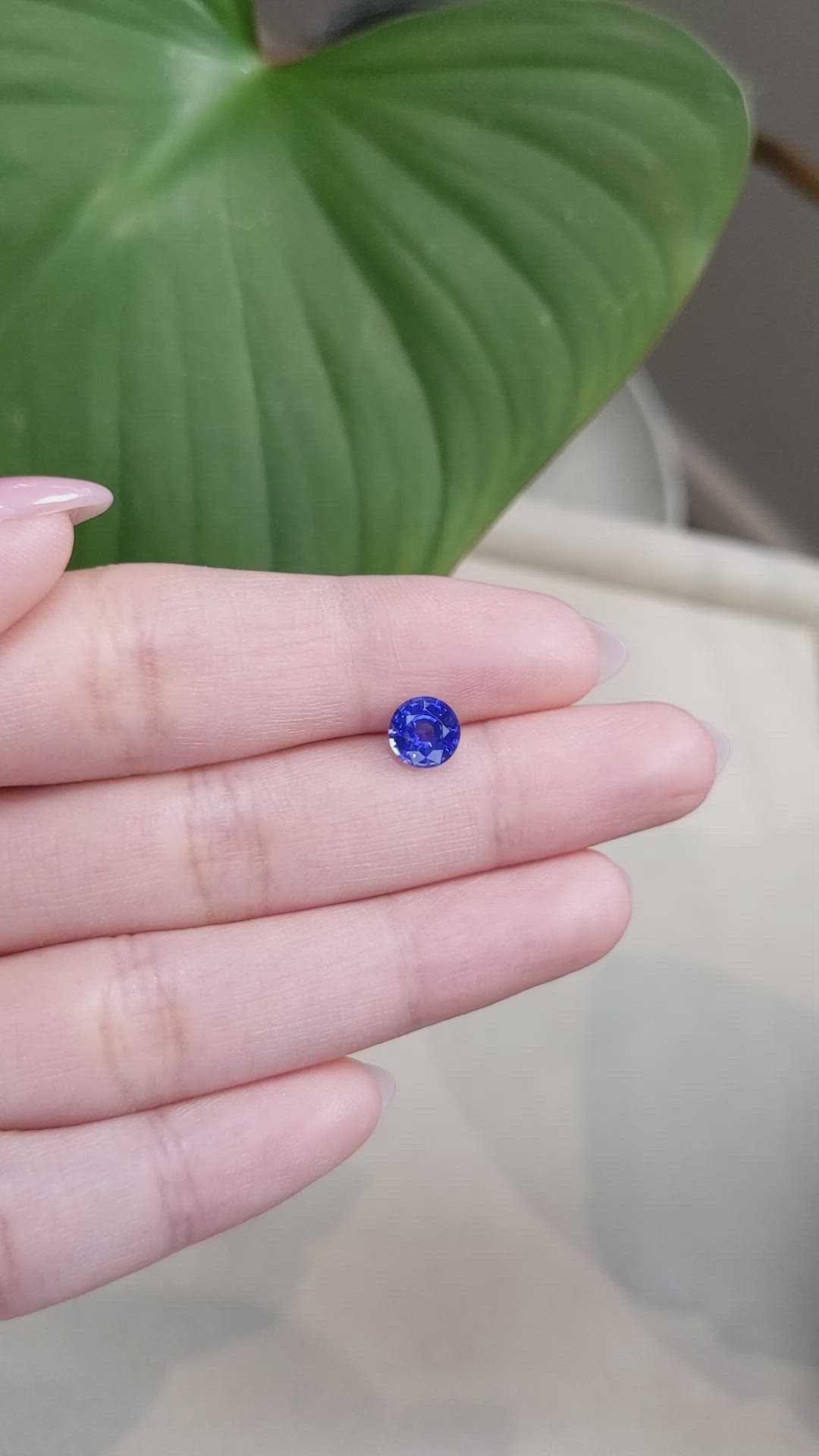
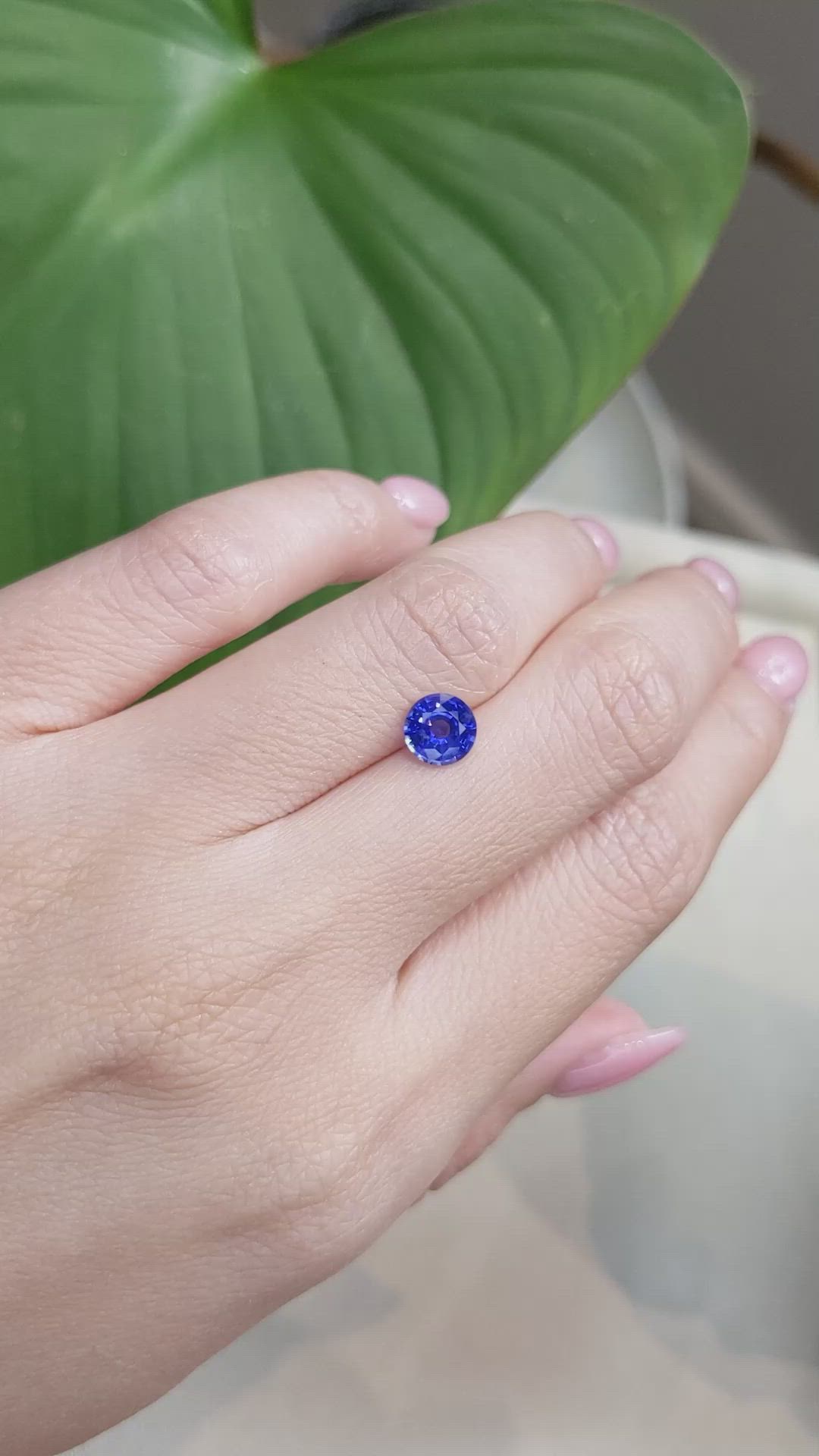
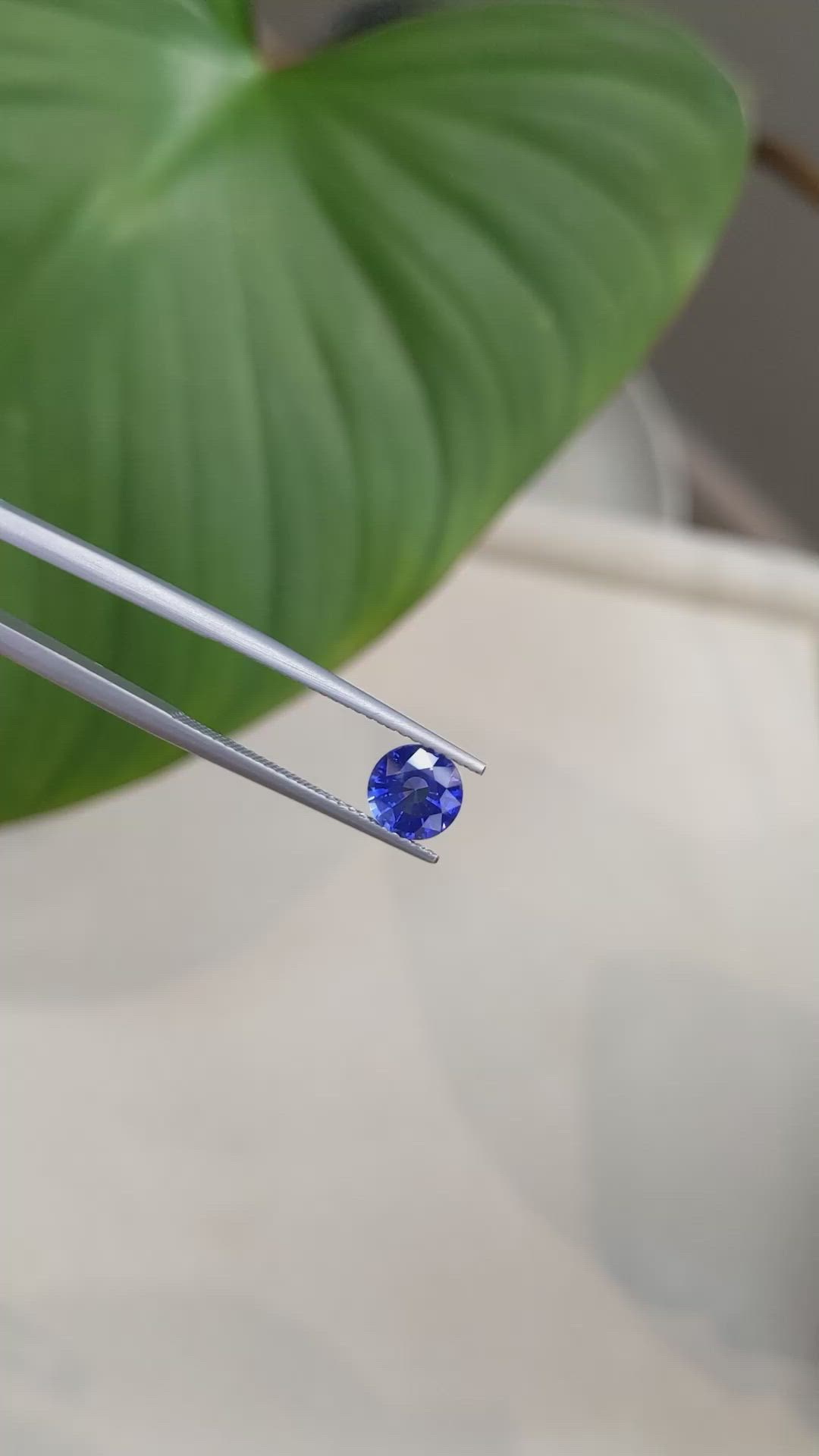




1.21 Ct. Blue Sapphire from Ceylon (Sri Lanka)
This loose stone is available to ship now
Item ID: | S28926 |
|---|---|
Dimensions (MM): help | Length: 6.45 Width: 6.47 Height: 3.71 |
Weight: | 1.21 Ct. |
Color: help | Blue |
Color intensity: help | Intense |
Clarity: help | Very Slightly Included |
Shape: help | Round |
Cut: | Mixed Brilliant |
Cutting style: | Faceted |
Enhancements: help | Heat Treated |
Origin: help | Ceylon (Sri Lanka) |
Per carat price: help | $1,900 |
This 1.21 carat transparent round blue sapphire presents a precise combination of attributes that define high quality in the colored gemstone market. The gem measures 6.45 by 6.47 by 3.71 millimeters, and is fashioned in a mixed brilliant cut that balances sparkle with face up color, yielding a lively and appealing presentation from table through pavilion. Clarity is graded as very slightly included at eye level, indicating that any internal characteristics are minimal and do not materially detract from visual performance under normal viewing conditions. The color is described as intense, a saturation level that commands attention while remaining consistent with the classic Ceylon blue profile. The polish is excellent, contributing to clean facet junctions and maximum light return. Enhancement is heat treated, a common and widely accepted practice in the trade, and the origin is Ceylon, Sri Lanka, an origin with a long established reputation for producing vibrant blue sapphires. The Natural Sapphire Company provides this gem with full disclosure of these characteristics to support transparent valuation and stewardship.
When considering gemstones as an investment class, the underlying drivers of future appreciation are the same attributes that determine present value, coupled with market dynamics and rarity. Weight, color, clarity, cut, and origin are the primary determinants of price, and this sapphire scores strongly across those categories for its size bracket. Ceylon origin remains desirable for collectors and connoisseurs, particularly when paired with an intense blue hue and strong polish. Heat treatment is broadly understood and accepted by the market when properly disclosed, and it does not carry the same negative price implications as more invasive or unstable treatments. For investors, the immediate attractiveness of this gem lies in its combination of proven provenance, excellent finish, and eye clean appearance, which together support secondary market demand. Historical data for quality blue sapphires shows that examples with superior color and documented origin have tended to outperform more generic material, especially during periods when collectors and investors shift capital toward tangible assets that offer both aesthetic value and scarcity.
Future appreciation is influenced by a matrix of supply side constraints, evolving consumer preferences, macroeconomic factors, and the degree of documentation and verifiable provenance accompanying a stone. Supply from traditional producing regions has fluctuated due to geological limitations and regulatory changes, while demand has broadened beyond traditional jewelry buyers to include investors seeking portfolio diversification. In that environment, sapphires that combine aesthetic excellence with clear origin become easier to trade and command a pricing premium. For this 1.21 carat Ceylon sapphire, the realistic expectation is modest but steady appreciation potential over the long term, conditional on maintaining the stone in optimal condition and pairing it with appropriate documentation such as a gemological report and origin certification. Liquidity for single stones depends on market channels, and stones under two carats typically sell faster to retail and modern online buyers than to institutional purchasers, making this size an efficient compromise between affordability and collectibility.
Practical considerations that support value retention and potential appreciation include provenance, documented treatment disclosure, conservation of the gem in a secure setting when not in use, and professional handling for any future recutting or remounting. The Natural Sapphire Company recommends retaining original documentation and considering independent laboratory reports for enhanced re sale confidence, as buyers increasingly value third party verification. While no gemstone investment can be guaranteed, quality attributes such as intense color, very slight inclusions that do not impact appearance, excellent polish, and a reputable origin create a durable foundation for future value. An informed approach balances aesthetic enjoyment and long term holding, recognizing that the most reliable appreciation in colored gemstones accrues to stones that are both visually exceptional and well documented.



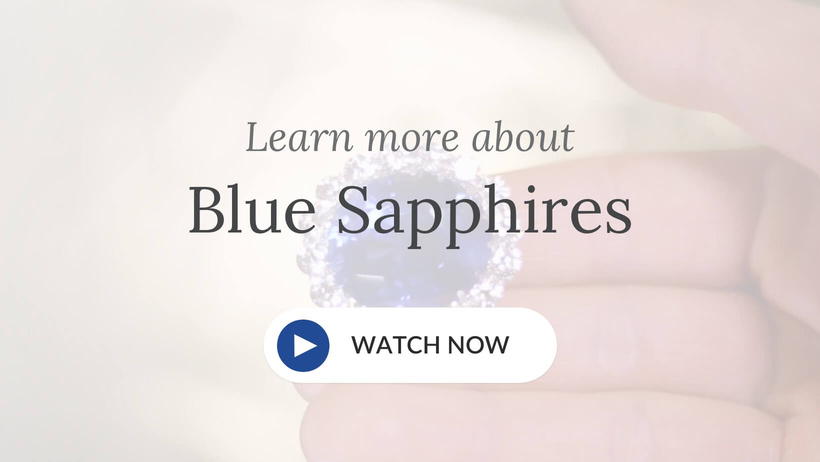

-round-blue-sapphire-1.2100-cts-s28926-1.jpg?d=750x750&s=nsc&v=20250825003658)
-round-blue-sapphire-1.2100-cts-s28926-lifestyleimage-1.jpg?d=750x750&s=nsc&v=20250901025452)
-round-blue-sapphire-1.2100-cts-s28926-lifestyleimage-2.jpg?d=750x750&s=nsc&v=20250901025452)
-round-blue-sapphire-1.2100-cts-s28926-lifestyleimage-3.jpg?d=750x750&s=nsc&v=20250901025843)




